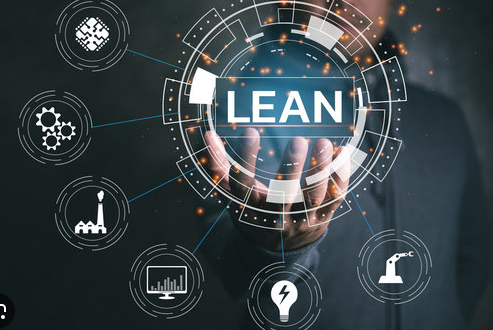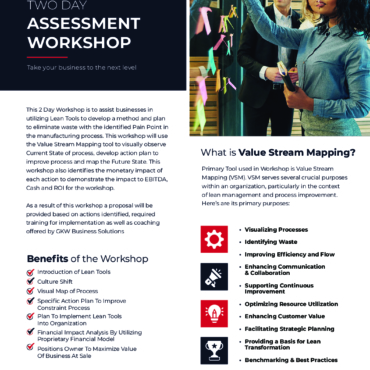The use of lean manufacturing tools and techniques in the United States has been increasing overall, although the pace and scope of adoption can vary by industry, company size, and market conditions. Below is a detailed exploration of the factors driving this trend, the tools and techniques commonly used, and areas where challenges might hinder adoption.
Why Lean Manufacturing is Increasing in the U.S.
- Global Competition and Cost Pressures
- The globalization of manufacturing has exposed U.S. companies to intense competition from lower-cost regions. Lean manufacturing helps mitigate these pressures by improving efficiency and reducing waste.
- Companies that adopt lean tools like Kaizen (continuous improvement) and value stream mapping can streamline processes, lower production costs, and remain competitive in global markets.
- Adaptation Across Industries
- While lean manufacturing was traditionally associated with the automotive industry, especially companies like Toyota, its principles have now expanded to diverse sectors, including aerospace, electronics, healthcare, and even software development (via Agile and Lean frameworks).
- Lean healthcare, for example, uses tools like 5S (Sort, Set in Order, Shine, Standardize, Sustain) to optimize hospital workflows and reduce errors.
- Integration with Emerging Technologies
- The rise of Industry 4.0 technologies such as the Internet of Things (IoT), artificial intelligence (AI), robotics, and data analytics has enhanced the applicability of lean principles.
- For instance, predictive maintenance powered by IoT aligns with lean’s focus on minimizing downtime and optimizing asset utilization.
- Focus on Sustainability
- Lean manufacturing emphasizes waste reduction, which aligns with corporate and governmental sustainability goals. Companies are using lean to reduce energy consumption, material waste, and emissions.
- Workforce Training and Certifications
- More companies are investing in Lean Six Sigma certifications and training programs, which are now widely available through universities, industry organizations, and consulting firms.
- This growing knowledge base has made it easier for companies to implement lean strategies successfully.
Common Lean Tools and Techniques
- Kaizen (Continuous Improvement): Focuses on incremental changes to processes to improve efficiency and quality.
- 5S (Workplace Organization): Promotes organization and cleanliness to improve productivity and safety.
- Kanban: A scheduling system that ensures efficient inventory management and reduces overproduction.
- Value Stream Mapping: Identifies waste in workflows and highlights areas for improvement.
- Poka-Yoke (Error Proofing): Prevents errors through design features or procedural changes.
- Lean Six Sigma: Combines lean principles with Six Sigma’s focus on reducing process variation to enhance quality.
Challenges to Lean Adoption in the U.S.
- Resistance to Change
- Employees and management may resist lean transformations due to fear of job losses, disruption, or skepticism about its benefits.
- Addressing this requires a strong change management strategy and clear communication about the goals and benefits of lean.
- Initial Investment Costs
- Implementing lean systems often requires upfront investment in training, new equipment, or process redesigns, which may deter smaller firms.
- Cultural Misalignment
- Lean’s success often depends on a cultural shift towards continuous improvement, which can be difficult to instill in organizations with hierarchical or siloed structures.
- Short-Term Focus
- Some companies abandon lean initiatives if immediate results are not seen, despite lean’s emphasis on long-term benefits.
Outlook for Lean in the U.S.
The use of lean manufacturing is expected to continue growing as companies face mounting pressures to increase efficiency, reduce costs, and achieve sustainability goals. However, the degree of adoption will depend on:
- The availability of skilled professionals with lean expertise.
- Support from leadership in fostering a culture of continuous improvement.
- Integration of lean principles with advanced digital tools.
Industries such as automotive, aerospace, healthcare, and logistics are likely to remain leaders in lean adoption. At the same time, emerging sectors like renewable energy and electric vehicles are expected to incorporate lean strategies as they scale.
In summary, while challenges remain, the overall trajectory of lean manufacturing adoption in the U.S. points toward sustained growth and increasing integration across industries.




